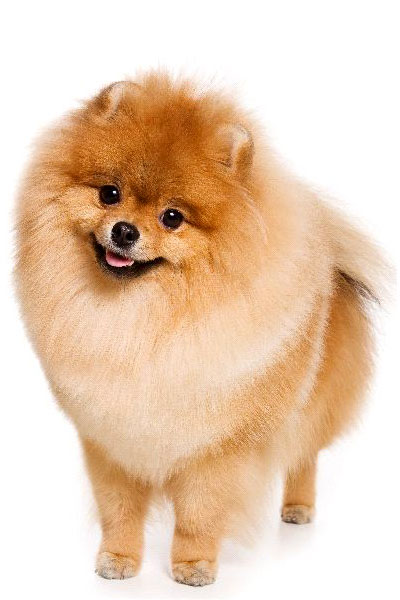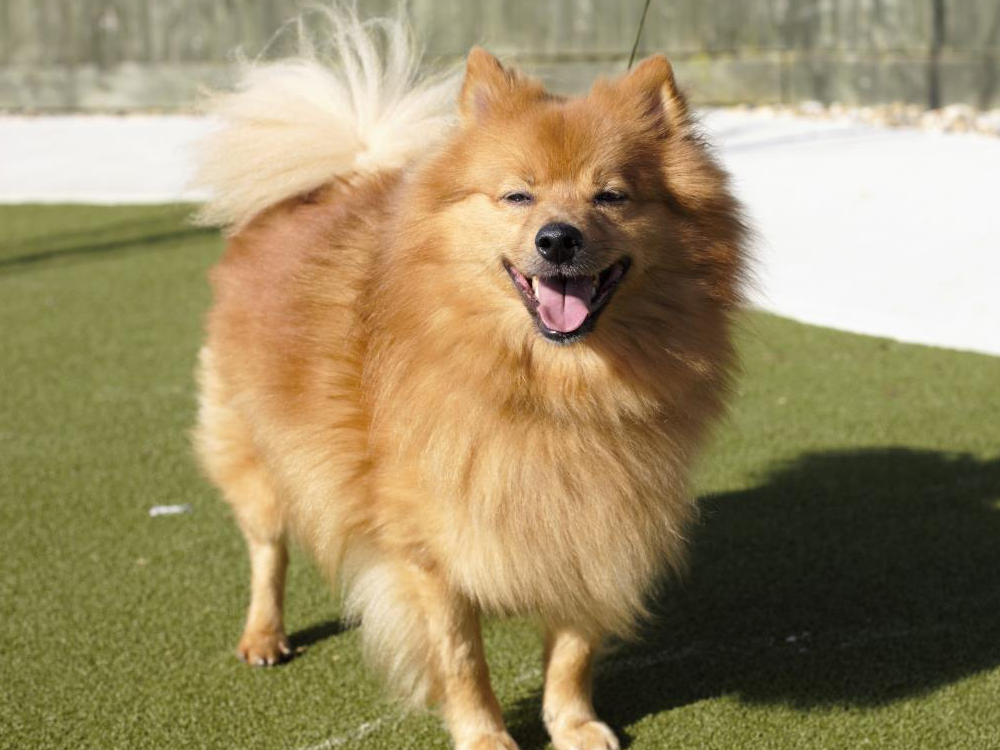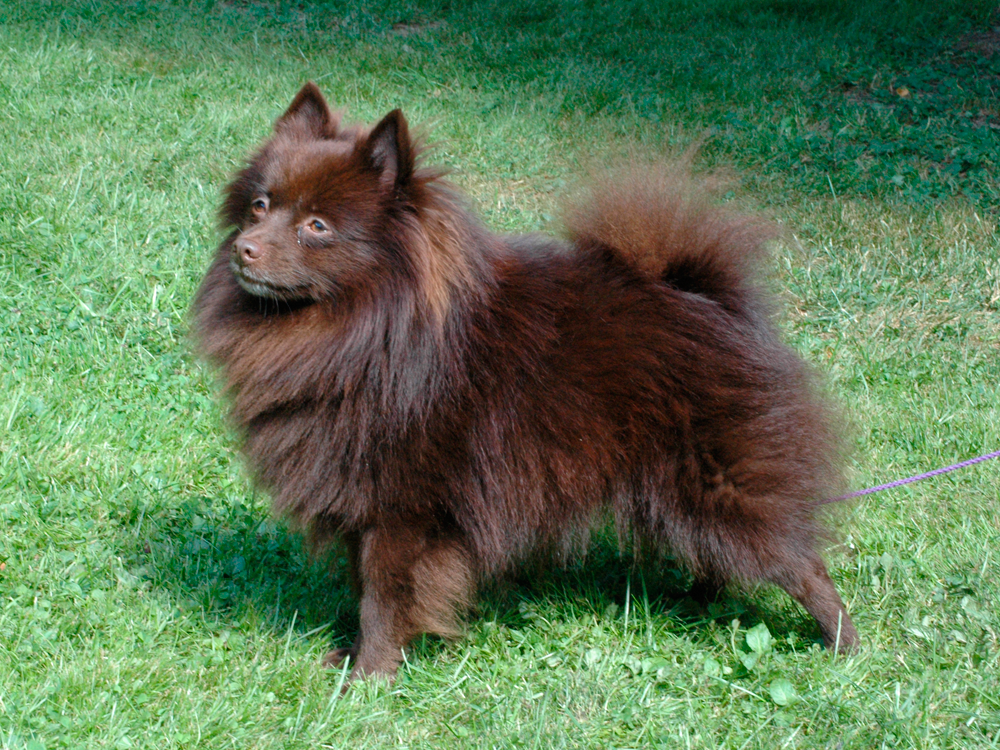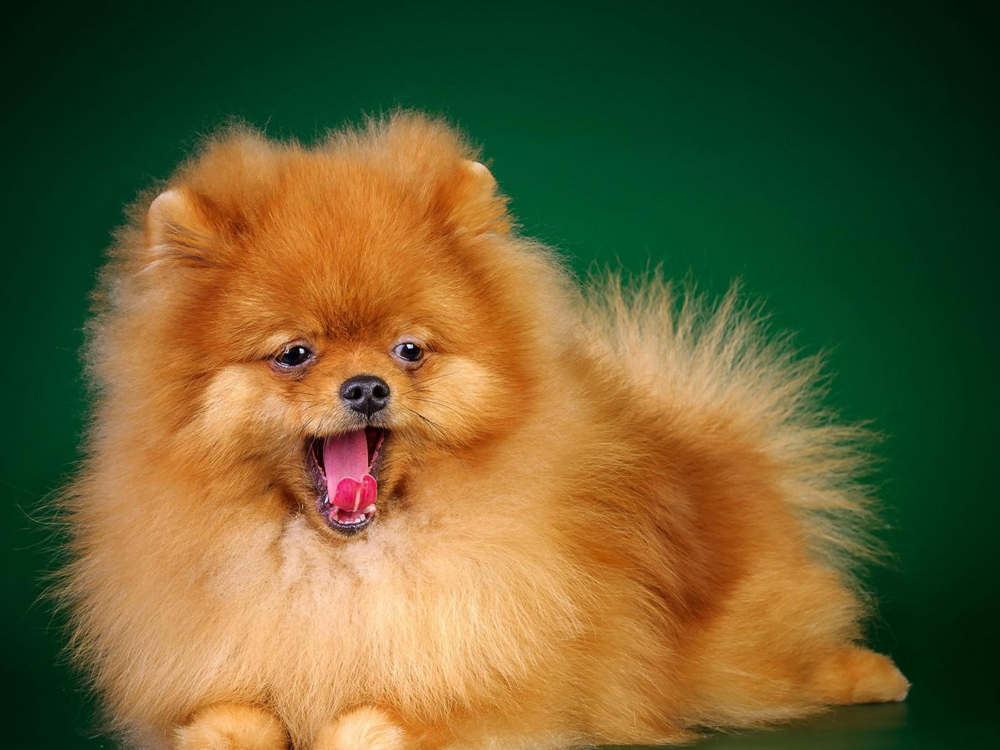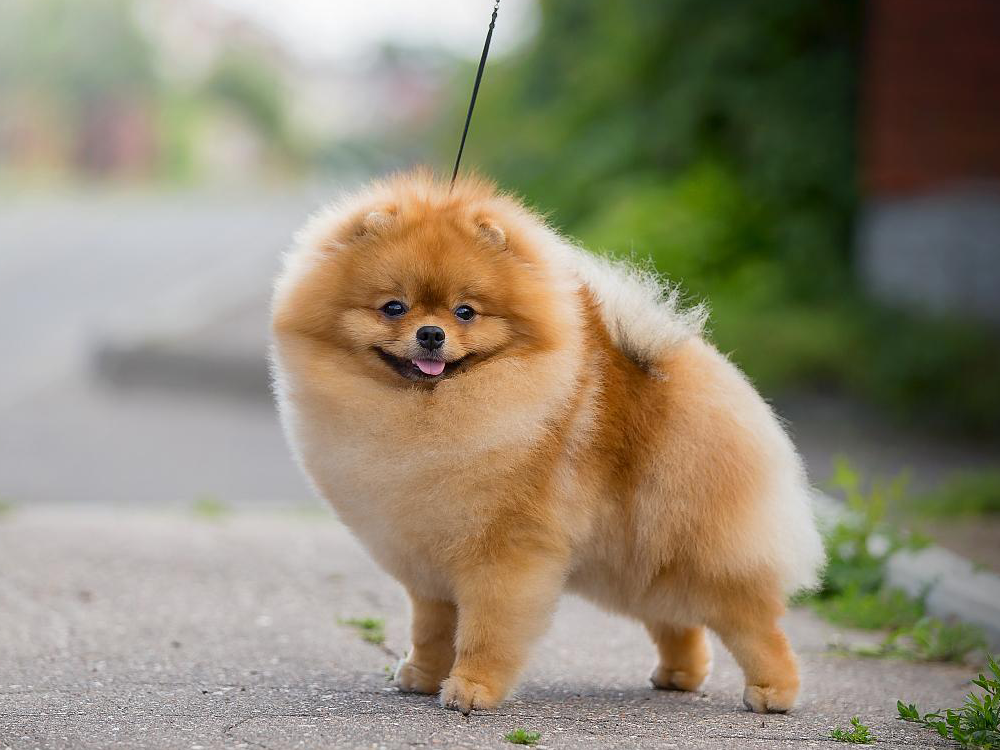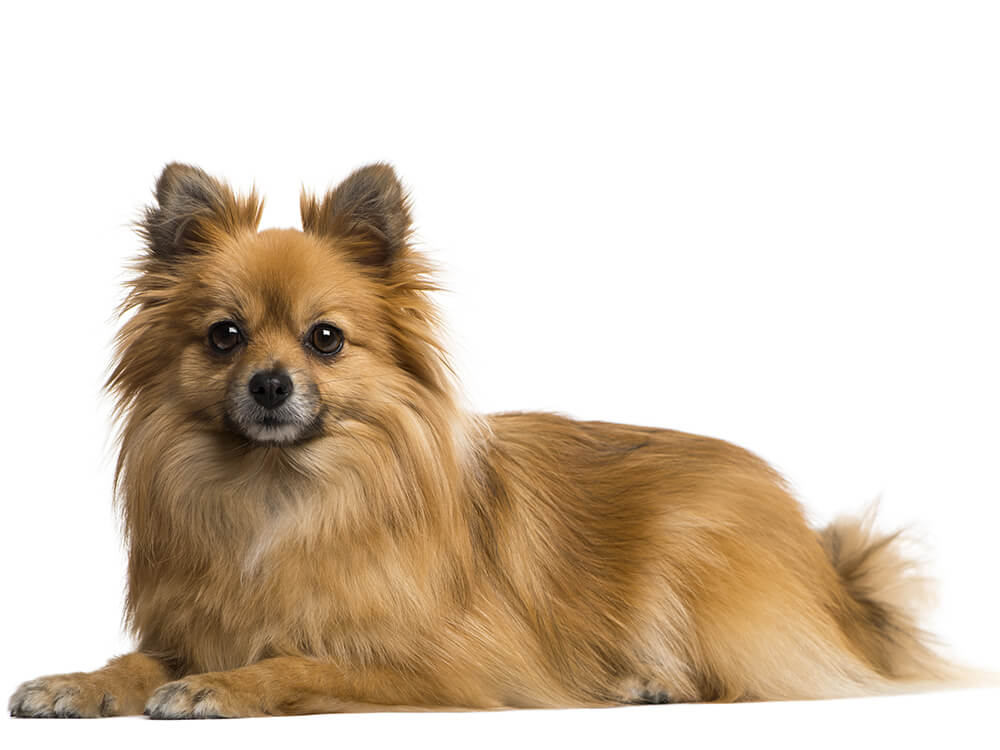
German Spitz Breed Pictures
Vital Breed Stats
| Height: | 30 - 38 cm M | 30 - 38 cm F |
| Weight: | 7 - 11 kg M | 7 - 11 kg F |
| Breed Group: | Terrier Dog Group |
| Life Expectancy: | 13 - 15 years |
| KC Registered: | No |
Breed Characteristics
| Size: |  |
| Grooming: |  |
| Exercise Level: |  |
| Trainability: |  |
| Barking Level: |  |
| Good with Children: |  |
| Good with other pets: |  |
| Affectionate: |  |
| Protective: |  |
| Cost to Keep: |  |
Give a thumbs up if you love the German Spitz

0
More About the Breed
History
The German Spitz is believed to have descended from the Samoyed ancestry that was bred with other Nordic herding dogs. Reports suggest that they were brought to Holland and Germany when the Vikings invaded during the Middle Ages. The German Spitz quickly spread across Europe and was bred with local herding dogs, and the offspring is the foundation of the German Spitz we see today.
The German Spitz became widely popular in the 1700s when they were utilised as fashion accessories by the British Society led by Queen Victoria, who was its huge fan. Although at that time it was debated whether the Queen owned a Pomeranian or a German Spitz, it was later confirmed that it was the latter. With Queen Victoria's ascent to the throne, more breeders bred smaller dogs to develop toy breeds such as the German Spitz. All their efforts led them to develop a dog that was to become a Pomeranian.
The German Spitz’s popularity slowly declined during World War I but was re-developed in Europe in the 1970s. In 2006, the breed was officially recognised by the United Kennel Club as having two varieties: Klein and Mittel. Later in 2009, the American Kennel Club followed suit with its recognition and breed acceptance.
Appearance
The German Spitz has two varieties: Klein (small) and the Mittel (medium). It weighs 7 to 22 pounds and stands 18 to 55 centimetres at the withers. This type of dog breed has a compact build with a typical spitz appearance such as its fox-like head and a bushy tail that curls over its back. It has small, triangular ears that sit erect on top of its head. Eyes should be dark and alert with a curious expression. Its body must be small but sturdy, never fragile or delicate.
When it comes to its coat, the German Spitz should sport a thick and medium-length double coat with short and plush hair on the head. The coat is comprised of a long and harsh topcoat and a soft and woolly undercoat. The coat around its neck and chest is somewhat abundant.
The coat comes in a variety of colours including black or white and shades of cream, orange, gold, blue or brown and sable. Coats can be parti-coloured with a white base and shades of colours mentioned above, or they can be bi-coloured in black and tan.
Grooming
Temperament
Intelligence
When it comes to training, it has a stubborn streak so it can prove to be a bit challenging unless you can keep training fun with lots of positive reinforcements. The German Spitz is smart and has a mind of its own, which often means it may want things his way. It will be great around children when it is socialised early and properly raised to be a well-rounded dog. However, any interaction between this breed and small children must be well-supervised to make sure no one gets hurt when play becomes too boisterous.
The German Spitz has a strong prey drive, albeit it was not bred as a hunting dog. It is prone to attack smaller pets like birds, hamsters, ferrets and cats. Although, it can get along well with cats if raised together with it.
Nutrition
- Senior and less active: up to 475 calories daily
- Typical adults: up to 530 calories daily
- Physically active/working dogs: up to 6000 calories daily
Feeding
Health
Exercise
Cost of Ownership
Dog ownership is not a joke. It involves both emotional, physical and financial commitment. When you buy a German Spitz puppy, it follows that you have to set aside a budget to raise and take good care of it. If you don't want financial hurdles ahead in association with raising a dog, make sure you are aware of some costs you will have to prepare for.
For example, the initial cost of a German Spitz puppy that is well-bred is somewhere around £500 to £700. While getting a pet insurance is crucial for future emergencies, you get to choose your coverage, which will cost you £20 to £40 a month. Dog food will take a huge chunk of your budget since quality dog food for a breed such as the German Spitz will set you back £40 to £50 monthly. On top of all these are veterinary costs. Annual costs for veterinary consultations including its initial vaccinations, boosters and neutering when the time comes is around £900 a year.
Is a German Spitz Right for You?
- The German Spitz is a small dog with a distinct plumed or bushy tail.
- It is a nuisance barker, which makes it an excellent watchdog.
- The German Spitz is a smart, energetic and confident dog breed.
- It sheds heavily and will require daily brushing and occasional trimming.
- It has a stubborn streak, which will prove a challenge during training.
- It gets on well with children and can only get along with cats when socialised early.
